What dinner isn’t better with a bottle of wine? As Chile’s Nobel Prize-winning poet, Pablo Neruda, wrote, “I like on the table, when we’re speaking, the light of a bottle of intelligent wine.”
As with all true oenophiles, Neruda knew that good things come to those who wait. Whether storing a bottle in the wine cellar to increase its “intelligence” or merely letting a bottle breathe on the dinner table, wine benefits from the passage of time.
A similar lesson is revealed in the history of Chilean viticulture. The conquest of Chile by Spanish conquistadors brought the introduction of viticulture to the New World (Jesuit missionaries liked their wine), but the onerous restrictions imposed by Spanish rule kept the burgeoning Chilean wine industry from attaining its true potential.
Now, nearly 500 years after wine grapes arrived in the 16th century, Chile has become the world’s fifth largest exporter of wines and the world’s eighth largest producer. Currently, Chile’s annual harvest of wine grapes is nearly 300,000 acres – and the country’s numerous organic and biodynamic winemakers are establishing a template for the future of sustainable viticulture.
In short, now is the time to discover the country that has become the wine connoisseur’s destination for wine tourism.
A Coastline Nearly 3,000 Miles Long
A long, lovely brushstroke of a country along the western coast of South America, Chile resembles a chile pepper – or a fanciful addition to the continent by a child’s thick marker. With a coastline nearly 3,000 miles long (compare that to the 840-mile coastline of California), Chile’s geography is one of the world’s most diverse and includes the world’s driest desert, the Atacama, as well as the Andes Mountains, the Patagonian Ice Fields, Antarctica, and the Pacific Ocean.
You’ve got to give the Spaniards credit for recognizing Chile’s potential as a winemaker’s paradise. The Central Valley’s sunny days and cool nights evoke a Mediterranean climate and the diversity of terroir provides perfect conditions for the region’s five varietals: Cabernet Sauvignon, Merlot, Sauvignon Blanc, Chardonnay, and Carmenère – with enough room for Syrah, Pinot Noir, Cabernet Franc, and Petit Verdot.
The rediscovery in 1994 of Carmenère, a long-lost grape believed to have been destroyed in the Old World by the mid-19th century phylloxera attack, ushered in a renaissance of a wine now widely considered to be Chile’s emblematic variety. In the past fifteen years, wine exports from Chile have increased to nearly 700 million liters, no doubt helped by the famous Berlin Wine Tasting of 2004, where, much to the surprise of France and the US, Chilean wines took four of the top six prizes.
The Tallest Structure in Latin America
With its backdrop of snow-capped mountains, verdant forests, shimmering lakes, and a magnificent coastline, Chile possesses landscapes of breathtaking beauty, all basking in a climate that’s nearly an amalgam of the wine regions of California and France. Mountain air and cool breezes from the ocean mitigate the long, dry summers.
Santiago, the nation’s capital and largest city with nearly 7 million inhabitants, is, arguably, Latin America’s most cosmopolitan metropolitan area. Sister city to New York, Santiago is Chile’s financial and industrial center, producing nearly half of the country’s GDP. Currently under construction in the city’s “Sanhattan” financial district, Costanera Center is a vast hotel, retail, and office complex designed by Cesar Pelli that is already the tallest structure in Latin America.
For those who prefer shopping to viticulture, the tony neighborhood of Vitacura includes Santiago’s version of Rodeo Drive, a lovely tree-lined avenue called Alonso de Cordova that features boutiques such as Louis Vuitton, Hermes, Ferragamo, Armani, and Cartier, along with numerous high-end restaurants and lounges.
Most LGBT people congregate in Santiago’s bohemian neighborhood of Bellavista – and every year, a Gay Pride parade winds its way through downtown Santiago. A proposal for civil unions for same-sex couples was introduced in 2011 and the recent death of Daniel Zamudio at the hands of neo-Nazi murderers in a Santiago park hastened the passage of the country’s new anti-discrimination law.
“Grape vines should be treated like a work of art…”
For wine tourism, Santiago, in the midst of the Central Valley and slightly north of the Maipo Valley, serves as the perfect base camp. Many wineries and vineyards in the foothills of the Andes are only a couple hours’ drive from the city center. Tours at the wineries include vertical tastings (same wine, different vintage), range tastings (different varieties from the same year), and varietal tastings (one varietal from different vineyards), as well as activities such as hiking, picnicking, cooking classes, barbeques, and horseback riding.
According to Maximiano Errázuriz, the father of Chilean viticulture, “Grape vines should be treated like a work of art, since their life span runs parallel to that of humans.” The recent development of Chile’s National Sustainability Code, with an official “Accredited Sustainable Wine of Chile” label, provides insight into the convergence of viticulture practices that are environmentally friendly, socially equitable, and economically viable. If you wander the vineyards and grounds of certain biodynamic wineries, it’s likely that you’ll see birds and animals roaming freely, including alpacas, llamas, egrets, chickens, roosters, peacocks, peahens, and quail.
“Chile is good for you.”
As you drink your way through Chile’s wine regions, you’ll find yourself completely welcomed by the disarming friendliness and charm of the populace. One morning in the breakfast room, our waiter smiled as he poured our coffee and said, “I work in room service all night; you need anything, you let me know.”
As the country’s slogan goes, “Chile is good for you.” That’s right, not only is Chile good for wine, it’s good for you.
For as Neruda wrote about wine, “never has one goblet contained you, one song, one man, you are choral, gregarious, at the least, you must be shared.” Share a glass of your life – and toast to Chile.
VINEYARDS:
Enotour: Travel from your hotel or residence in Santiago on a Mercedes Vinobus and enjoy Chile’s rich and diverse viticulture with the official tour operator of the Wines of Chile Experience program. Other travel options include H2 Hummer limousine, helicopter air service, the Colchagua Wine Train, or a two-day wine cruise through the channels of southern Chile.
LINK: Chile Wine Tourism
Enotour Chile
Region: Maipo Valley: Nestled between the Andes and the Coastal Range mountains (with Chile’s capital, Santiago, in between), the Maipo Valley is considered the home of Chilean wine. Celebrated for its exceptional Cabernet Sauvignon, more than half of the valley’s 30,000 acres are planted with Cabernet Sauvignon.
Vina De Martino: Founded in 1934 by Pietro De Martino Pascualone, Vina De Martino has more than 700 organic acres, owned and managed by the third and fourth generations of the De Martino family. Located an easy thirty miles from Santiago, the winery hosts bilingual tours and guided tastings, which can also include “My Own Wine” making where individuals blend, bottle, cork, and label their own varietal.
Lunch or dinner is optional, but heartily recommended, as much for the regional specialties as for the bucolic locale under a contemporary pergola on a spacious lawn. A salad buffet is followed by barbequed meats, which is followed by a dessert buffet, truffles, and coffee. Of course, there’s also wine: 347 Vineyards Sauvignon Blanc, Legado Carmenere, and Legado Cabernet Sauvignon.
With the sun high above and a cool maritime breeze, an afternoon at Vina De Martino is a taste of “la dolce vita” in the Central Valley of Chile.
LINK: Vina De Martino
Region: Colchagua: The home of the Chilean horsemen known as “huaso,” Colchagua was named “Wine Region of the Year” (2006) by Wine Enthusiast for its excellent terroir and full-bodied reds, including what is widely considered Chile’s best Malbec. Located in the southern half of the Rapel Valley, the city of Santa Cruz makes an excellent base camp for touring Chile’s first and primary wine destination.
Vina Viu Manent: A family-owned winery since 1935, Vina Viu Manent is the home of Viu 1, the icon wine dedicated to founder Miguel Viu Manent, as well as El Incidente, the wine named in memory of the hot air balloon ride that crashed into the outdoor market in nearby Santa Cruz.
Wine tours and tastings commence with a horse-drawn carriage ride through the vineyards. More than 600 acres of grapes provide the basis for exports to 40 countries around the world. Sign on for the harvest experience at Vina Viu Manent and you’ll have a greater appreciation for the detailed and arduous work involved in picking the grapes for your bottle of wine.
With a panoramic view of the Apalta hills, the new restaurant Rayuela Wine & Grill is a bit of paradise in Colchagua. Chef Christian Adrian prepares local, sustainable cuisine paired with the vineyard’s best wines. Fresh oysters on the half shell are served with Viu Manent Secreto Sauvignon Blanc; you’ll be tempted to order a second round.
A leisurely afternoon spent at Vina Viu Manent will make you believe, as the winery does, that the Colchagua Valley is, indeed, a privileged territory for viticulture – and that this third-generation winery is a generous custodian of the region’s riches.
LINK: Vina Viu Manent
Neyen: A stunning nature sanctuary of more than 3,000 acres, Neyen contains vines that date back to 1890. “Neyen” means “spirit” in the indigenous language and the vineyard is committed to producing exemplary wines that reflect the vineyard’s deep roots in Apalta. The elegance and potency of the winery’s Carmenere and Cabernet Sauvignon is a reflection of Neyen’s core values and its heartfelt desire to capture the “Spirit of Apalta.”
Wine tourism includes both evening and daytime tastings, as well as horseback riding or trekking through the winery’s oak woods. Neyen’s wine cellar, converted from a local “bodega,” is the oldest in the Apalta Valley. No matter where you wander in this vineyard, you’re certain to feel the sense of place and history that defines Neyen.
LINK: Neyen
Montes Premium Wines: Purple Angel – that’s all you need to know and most probably the very reason that you’re visiting Montes. This blend of Carmenere and Petit Verdot has been awarded the world over as the “Best Carmenere” and “Best New World Red” and “Greatness Attained” and “Gold Medal Winner” – and to taste this voluptuous aristocrat is to feel the wonder the Spanish might have felt upon discovering a brand New World.
Inaugurated in 2004, Montes’ new winery at Apalta was designed by Chilean architect Samuel Claro, while landscape architects and feng shui-inspired designers brought a comprehensive aesthetic to the surrounding gardens and park. Every element – water, metal, and wood – is placed in accordance with the ancient Chinese philosophy to insure harmony throughout the winery.
Wine tours include a ride up a 45-degree incline along the Botanical Trail where the best grapes are used to produce Purple Angel and Montes Folly (whose production is limited to only 9,000 hand-numbered bottles). A lunch at the winery’s Cafe Alfredo will leave you marveling at the surrounding scenery – and you’ll understand perfectly why the Montes label reads “From Chile with pride.”
LINK: Montes Wines
Las Ninas: Eight French women – and one Chilean winery: it’s a fascinating story in a lovely setting. Chilean architect Mathias Klolz designed the minimalist cellar: a concrete cube with a translucent facade that blends into the landscape during the day. Wine tours include mountain biking and picnicking – and a charming and hospitable staff.
LINK: Las Ninas
Region: Casablanca: The San Francisco of Chile, the Casablanca Valley is often blanketed by early morning fog followed by midday breezes. Known for its crisp fruity whites with high minerality, the region is Chile’s first cool-climate region and one of the country’s top producers of white wine.
Vinedos Organicos Emiliana: One of the most fascinating vineyards in Chile, Emiliana Organic Vineyards is also one of the most visionary and a vineyard whose modus operandi might well serve as a template for the future of viticulture. Late in the 1990s, a conventional Chilean winery began its conversion into a completely organic and biodynamic winery. Emiliana’s primary objective is to create high quality wines that serve as a testament to the vineyard’s great respect for nature.
As practiced at Emiliana, biodynamic agriculture follows the teachings of philosopher Rudolf Steiner, with a belief that the land is a living being with a natural balance. A biodynamic calendar charts the cycles of the sun, moon, and planets, while homeopathic preparations are utilized alongside organic compost.
Animals such as alpacas, geese, and horses graze happily in the surrounding fields and lawns. A mobile chicken coop, shifted throughout the vineyard, provides pest control against vine weevils, while the beautiful araucana chickens lay blue-colored eggs.
Emiliana’s “Social Accountability” program includes organic gardens, native plant nurseries, apiculture (bee-keeping), and olive groves for oil. Workers at Emiliana receive the proceeds from the sale of organic honey and olive oil.
As for the wine, Emiliana Coyam (the native word for “oak forest”) is completely biodynamic and widely acclaimed for its elegant and complex character.
Wine tours include a catered gourmet lunch in the gardens, chickens happily grazing underfoot – and the resultant tableau is not unlike a glossy spread from a Martha Stewart magazine.
An afternoon spent at Emiliana Organic Vineyard is as inspirational for the present as it is hopeful for the future.
LINK: Vinedos Organicos Emiliana
Veramonte: If you have only a half-day for a wine tasting, then Veramonte is a quick commute from the city of Santiago. Located directly off the highway, Veramonte opened in 1998 in a modernist building designed by Jorge Swinburn. An ornithologist’s paradise, the vineyard is surrounded by more than 10,000 acres of native forest, which are home to at least 24 species of birds.
Veramonte’s philosophy promotes the production of wines that reflect a “sense of place” and the winery is justifiably proud of Primus The Blend, one of Chile’s most celebrated and acclaimed red wines.
Wine tastings include house-made chocolates flavored with thyme, merkén, and lavender – flavors that complement the wines and put a smile on your face.
LINK: Veramonte
Region: Aconcagua: An hour’s drive north of Santiago, the highest mountain in the Americas, Mount Aconcagua, provides meltwater to the fertile valley below, one of Chile’s most celebrated wine regions. A combination of cool, rainy winters and hot, dry summers, punctuated with moist ocean breezes, helps to produce high quality Cabernet Sauvignon, Syrah, and Carmenere.
Vina Errázuriz: If you must choose only one vineyard to visit while in Chile, then perhaps it should be Errázuriz, the Premier Family Wine Estate of Chile. More than 140 years old, with century-old cellars, Errázuriz is probably best known as the winner of the famous “Berlin Tasting” in 2004, where Errázuriz’s wines eclipsed both Chateau Lafite and Chateau Margaux – a feat that was repeated in another blind tasting in Beijing in 2008. The family motto “From the best land, the best wine” underscores the commitment to quality that is the Errázuriz signature for everything that happens at this estate winery.
Errázuriz was founded in 1870 by a member of one of Chile’s most illustrious families whose progeny have included four Chilean presidents, two Archbishops, and numerous diplomats, writers, and industrialists. (The family’s former home in Santiago is now the Brazilian Embassy.) Now run by a fifth-generation family member, Errázuriz is one of the most beautiful wine estates in the country. A guided walk amongst its vineyards and to the summit of a small hill provides a sweeping panorama of the estate with its century-old building juxtaposed with its stunning contemporary winery designed in 2008 by Chilean architect Samuel Claro.
Errázuriz is the vineyard that introduced Syrah in Chile in 1993, which is another good reason to schedule lunch with your wine tasting – and toast to the vineyard that brings together Apollo and Dionysius in perfect harmony.
LINK: Vina Errázuriz
WHERE TO EAT/SANTIAGO:
Donde Augusto / Central Market: If you love the clamor of a big family Sunday dinner, then you’ll feel right at home at Donde Augusto in the middle of Santiago’s Central Market. Pisco sours appear almost immediately, followed by fresh salads, platters of seafood, and some of the most delicious French fries in South America. Before long, owner Donde Augusto arrives to insure that you’re enjoying his food as much as he’s enjoying having you as a guest.
A massive structure with an exquisite wrought-iron, latticework ceiling, Santiago’s Mercado Central opened in 1872 to house the Palace of Arts – before becoming the capital’s primary wholesale market for produce and seafood. Designated a national monument in 1984, Mercado Central is currently the locale of numerous food stalls and restaurants, with Donde Augusto beckoning to seafood cognoscenti from around the world.
Well-loved by the locals, particularly for Sunday dinner, it’s no wonder that Mercado Central has appeared in Spanish telenovelas – and Donde Augusto proves to be a fitting set for a true slice of Chilean life.
LINK: Donde Augusto Central Market
Bariloche Isidora: One in a chain of popular Chilean steakhouses, Bariloche Isidora is well-located in Las Condes, a tony neighborhood that includes the W Santiago, which is also a clue as to the type of clientele one might find in the local restaurants. A candlelit dining room in the back of the restaurant is as comfortable for a rendezvous with friends as it is for a romantic couple sharing an order of the addictive crêpes con manjar (aka Chilean dulce de leche).
LINK: Bariloche Isidora
Miguel Torres Restaurante de Vinos: “Gastronomy in the service of wine,” is the restaurant’s motto, which means that all of winemaker Miguel Torres’ varietal wines are served by the glass, the better to complement the gastronomic selections of Grupo Sagardi. Catalan winemaker Torres opened Miguel Torres Chile in 1979. Together, the two partners have created an amalgam of a traditional Italian enoteca and a contemporary Chilean restaurant that pays homage to the original Vinoteca Miguel Torres in Barcelona. Small plates of chickpea fritters and bowls of Russian salad pair perfectly with the Sauvignon Blanc wines from the Central Valley – and by evening’s end, you’ll feel as sated and happy as the locals who convene here for some of Santiago’s most innovative cuisine.
LINK: Miguel Torres Resetaurante de Vinos
WHERE TO STAY:
Noi Vitacura: If you find yourself atop the Noi Vitacura near sunset, sipping a cocktail while mesmerized by the 360-degree views of the city of Santiago and the Andes Mountains, then you’re probably doing something right. The newest addition to the tony neighborhood of Vitacura, the sleek and chic Noi fits perfectly into the Beverly Hills/West Hollywood aesthetic that permeates this posh enclave.
Frequently listed as one of the world’s “Best Residential Neighborhoods,” Vitacura is a shopper’s paradise, with the Noi located in the heart of retail heaven. One particularly threatening intersection features the three Sirens: Louis Vuitton, Hermes, and Cartier – and if you’re like us, you might be stunned into immobility by their collective allure.
Head back to the Noi’s rooftop pool and order another pisco sour. Gaze out at the 75-acre Parque Bicentario, just down the street – and think about taking a run along the lagoons. Think about it carefully – and then, instead, book a purple grape bath and massage at the Noi’s spa.
Rooms at the Noi are sanctuaries of contemporary Italian luxury, furnished in smooth leather and polished wood. Leather fittings encase the nightstand and sheathe the desk drawers. A window runs the entire length and height of the room – and seals the room from the neighborhood with an effortlessly gliding electric curtain. Robes are made in Italy, with bed linens from Portugal and, best of all, there’s a sea of pillows so perfectly plump and lightly starched that to sleep in the massive king bed is like floating on cotton clouds.
The marble bathrooms include a massive tub and a rainforest shower with a circumference large enough for a team of sumo wrestlers.
The Noi’s energy-efficient design is comprehensive, with its wood-slatted exterior sheltering the building from the sun. The subterranean breakfast room (which is also the hotel’s restaurant) is evocative of a wine cellar, quiet and private – and in the morning, while enjoying cherimoya juice and strong coffee and tropical fruits, you might find yourself giving thanks to the stars above.
The staff at the Noi exemplifies the hospitable spirit of Chile – and as they stand in front of the building, waving goodbye to you, you can’t help wishing that you were staying another day.
LINK: Noi Vitacura
W Santiago: As soon as your driver deposits you at the private garden entrance lined with soaring trees, you realize that you’re entering a privileged realm that’s as sexy and festive as a party hosted by Tom Ford.
If you think you know W Hotels and if you think W Santiago is another cookie-cutter boutique hotel, you’ll be WOW-ed by the W brand’s 33rd hotel. Opened in 2009 as the first W hotel in South America, W Santiago is part of a mixed-use complex called Isidora 300 that also includes W Residences, as well as offices, retail, and a sprawling 22,000 square-foot health and fitness club.
Located in the tony El Golf neighborhood of Las Condes, W Santiago was designed by Tony Chi and Sergio Echeverria with an aesthetic that reflects the region’s vibrant colors and energy. With a bold palette of orange, blue, and red, W Santiago’s 196 sleekly-furnished rooms are fabric-paneled and accented with framed photos of Chile.
Toiletries are by Bliss and the chain’s signature walk-in shower is commodious enough for a private yoga session, with a rainfall shower large enough to evoke Seattle. Floor-to-ceiling windows look out onto the Andes or the Santiago skyline. The vast bed is covered with a goose down duvet and comfortable enough to spend an entire weekend. Guests at W Santiago enjoy access to O2 Balance & Wellness Club, a vast spa and health club on the third floor that includes purified air.
An elaborate breakfast buffet is served in the W Santiago’s signature restaurant, NoSo (helmed by Jean-Paul Bondoux and Sebastian Fontes). The extensive selection includes topical fruits and fresh juices, pastries and cold plates, and an omelette station. On the weekends, the large room buzzes with the energy of Santiago locals enjoying the copious brunch.
Apart from the helipad, perhaps the most awe-inspiring feature of the W Santiago is Red2 One, the 21st-floor rooftop bar with its panoramic, Cinemascope views of the city and snow-capped Andes. Sipping a cocktail at Red2 One reminds you of what it might feel like in the palm of King Kong’s hand, high atop the city – and you’ll find yourself marveling at the city’s expanse and its nighttime similarity to Los Angeles.
Listed on Conde Nast Traveler’s “Hot List” and Travel + Leisure “Best New Hotels,” W Santiago is the sort of hotel and lifestyle complex that causes you to consider a whole new life located in Santiago.
LINK: W Santiago
Hotel Santa Cruz: Slightly ersatz, a bit faded, and completely charming, Hotel Santa Cruz is perfectly situated in the center of Santa Cruz, which is smack dab in the middle of the Colchagua Valley, which is the foremost wine region of Chile – which is reason enough to book a room here.
Furnished in a South American colonial style with heavy wooden furniture, terra cotta floors, wrought-iron balconies, and a staff dressed in native garb, the hotel feels a little like a theme park that got bypassed by a new highway. Rooms are slightly dowdy and a little cramped – and the overall effect is similar to visiting a college roommate’s rich South American auntie who’s lived in the same colonial mansion for decades.
Helmed by Chef Jonathan Elitin, the hotel’s restaurant, Los Varietales, serves regional specialties, such as a delicious pastel de choclo. A bountiful breakfast buffet includes tropical fruit such as prickly pear (also called “thon”), fresh figs, watermelon, and strawberries – and very strong coffee.
The staff at Hotel Santa Cruz is helpful and kind, not unlike a corps of faithful retainers who care about the property and the well-being of its guests. With a pool and a spa and its slightly dulled glamour, Hotel Santa Cruz is a taste of “Sunset Boulevard” in the midst of Chilean wine country.
LINK: Hotel Santa Cruz Plaza
Viña La Playa Winery and Hotel: Imagine a wealthy friend from Santiago whose parents own a weekend getaway in the Colchagua Valley: a hacienda with its own private airstrip, helipad, tennis court, and swimming pool. With seven standard rooms and four suites, as well as a billiards room and a lovely loggia, the Viña La Playa Hotel feels like a private home that has been opened for guests. Located two and a half hours from Santiago by car, this boutique resort recently hosted Gerard Basset, owner of London’s Hotel TerraVina restaurant and currently the holder of the title “World’s Best Sommelier.”
Viña La Playa’s charms are best appreciated by those who enjoy a low-key and laidback level of hospitality. Some of the standard rooms look as if they were furnished in the Eighties, when Laura Ashley was queen. Breakfast in the Tinguiririca dining room is leisurely and dinner service can be sluggish. Hot water can be absent – and rooms are void of either ceiling fans or air-conditioners.
At times, life at Viña La Playa Hotel feels as if the parents have vacated the premises, leaving only two domestics on duty. Our counsel? Open another bottle of the house Cabernet Sauvignon and sip it while watching the moon rise over the garden. Sometimes all you need is a good wine to completely change your perspective.
LINK: Hotel Viña La Playa
GETTING THERE:
LAN Airlines: Late in 2011, LAN Airlines, Latin America’s leading international carrier, announced the launch of its LGBT travel website, “LAN Diversity.” The new LGBT microsite includes detailed descriptions of South American destinations of interest to LGBT travelers, as well as information about LGBT events throughout South America.
A recent edition of the “LAN Airlines Diversity Newsletter” listed a number of LGBT accolades that the Chilean airlines has received, including a nod from Logo’s “TripOut Gay Travel Awards.”
The newsletter also pointed out that LAN was the first Latin American airline to develop an LGBT advertising campaign and cited the airline’s sponsorship of the International Gay and Lesbian Travel Association (IGLTA). As well, LAN Airlines was the official sponsor of San Francisco Pride in 2010.
All of which is to say, LAN Airlines loves the gays – and if there was any doubt, LAN Airlines serves Louis Roederer Champagne in its Premium Business class.
As for in-flight gastronomy, Master Sommelier Hector Vergara (the only Master Sommelier in Latin America) pairs the best Chilean and Argentinean wines to every plate. Served on white linens with proper cutlery, LAN Business Class’s three-course meals feature such regional specialties as corn casserole, sautéed shitakes, rustic potato mash, tomato soup with basil pesto, pumpkin chips, spinach and tomato quiche – with Cape gooseberry cheesecake for dessert.
Flying Premium Business on LAN means seats that recline completely, forming a bed 23 inches by 73 inches, on top of which is placed a snow-white duvet, along with a plush, full-size pillow, thereby insuring a restful sleep – without a single Ambien. With a plethora of entertainment options and attentive service from a comely staff, it’s entirely possible that sleep might be the last thing on your mind.
Founded in 1929, LAN is the perfect airline for that trip to the World Cup 2014 in Brazil and the 2016 Summer Olympics in Rio. With five gateways in the United States and Canada, LAN flies to 50 destinations, including Buenos Aires, Cusco, Quito, as well as Santiago with its increasingly visible LGBT population, and Lima, Peru, home to an evolving and welcoming LGBT culture. And now that LGBT people can marry in Argentina, what could be nicer than flying an entire wedding party on LAN Airlines?
The point is, LAN Airlines knows and understands how we live and how we play – and they love to celebrate the good life with us.
LINKS: LAN Airlines LAN Diversity

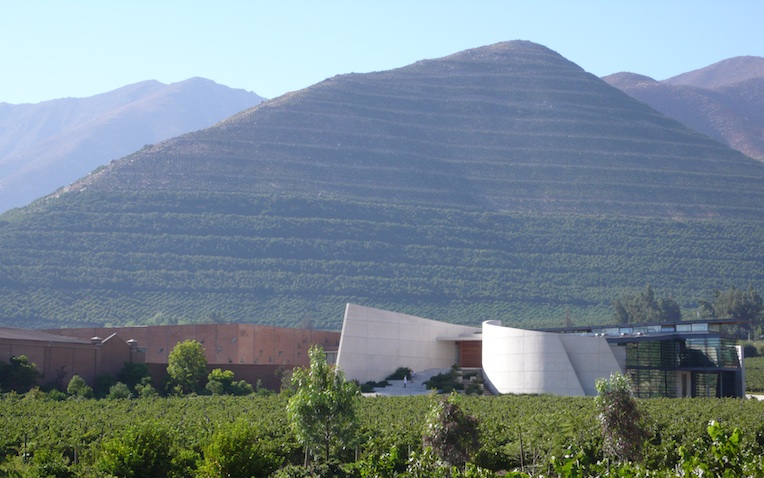
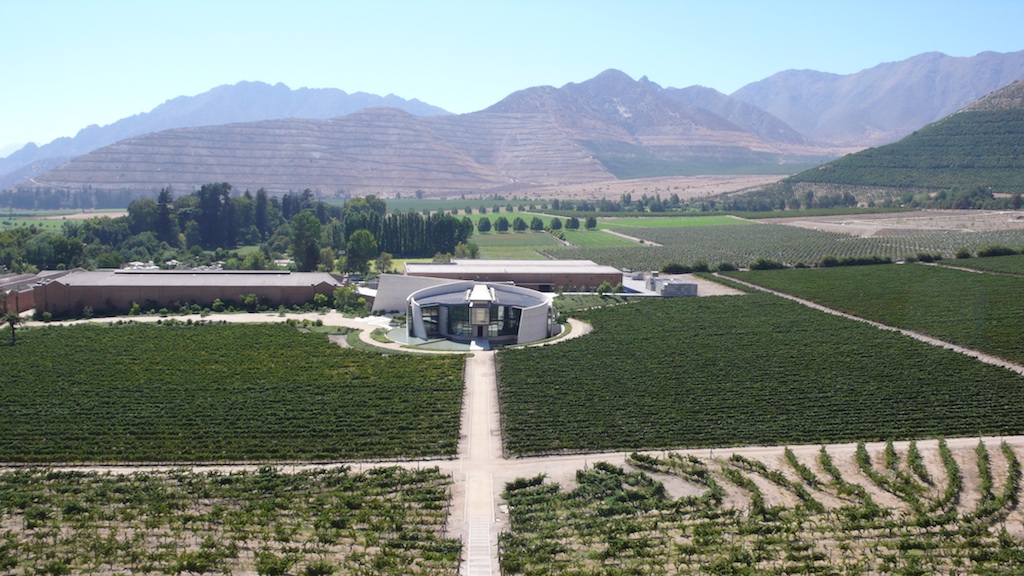
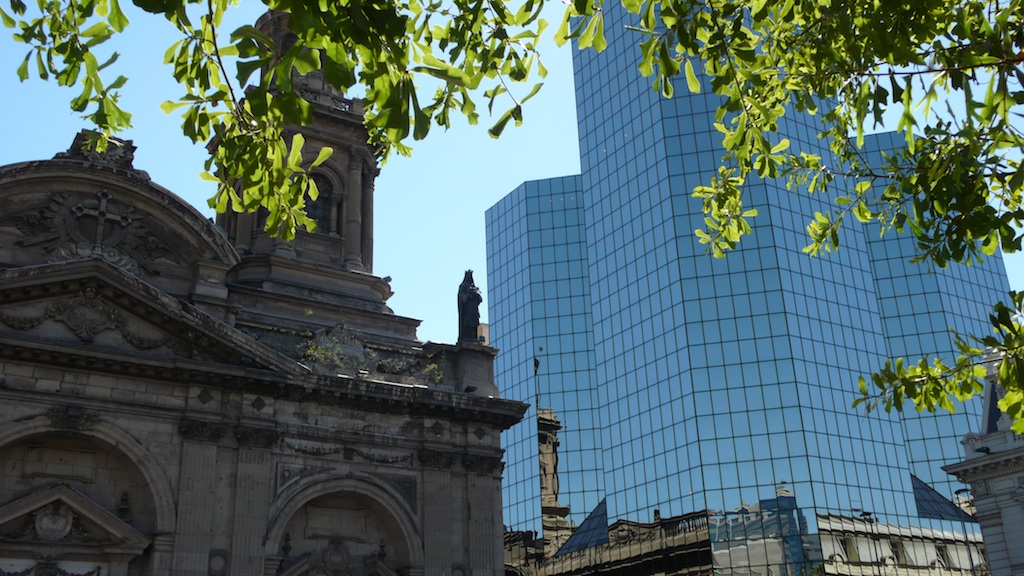

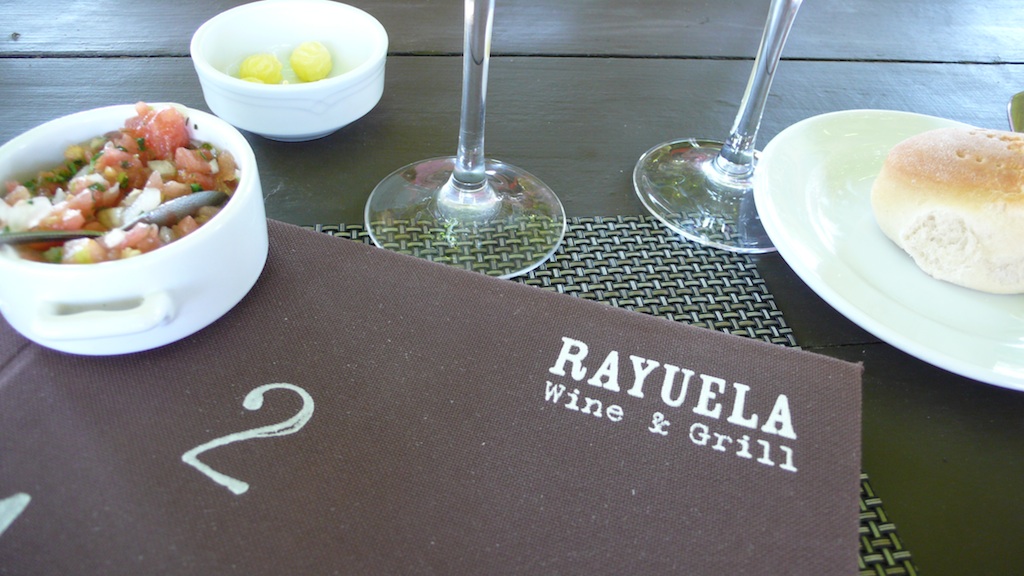
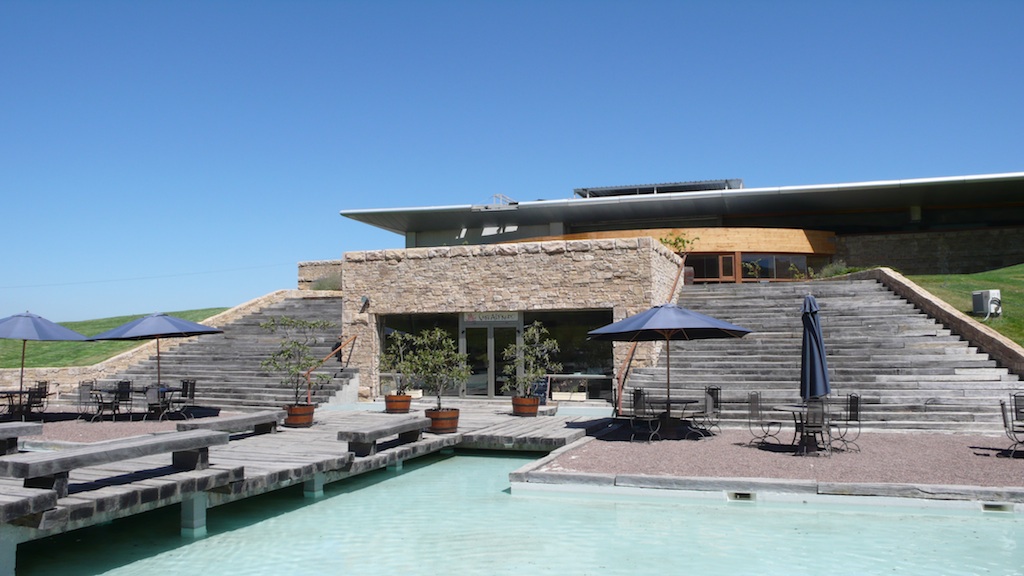
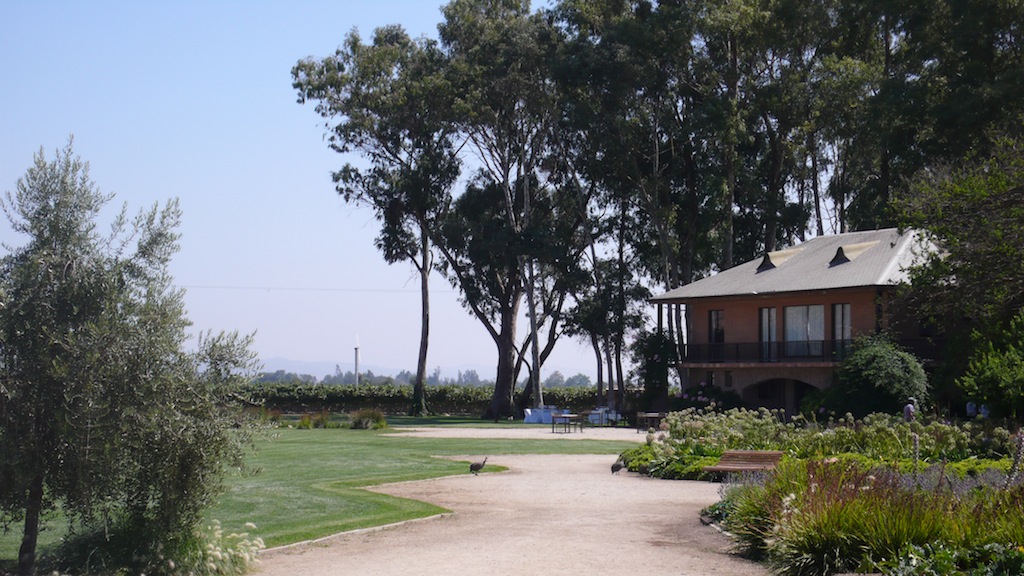
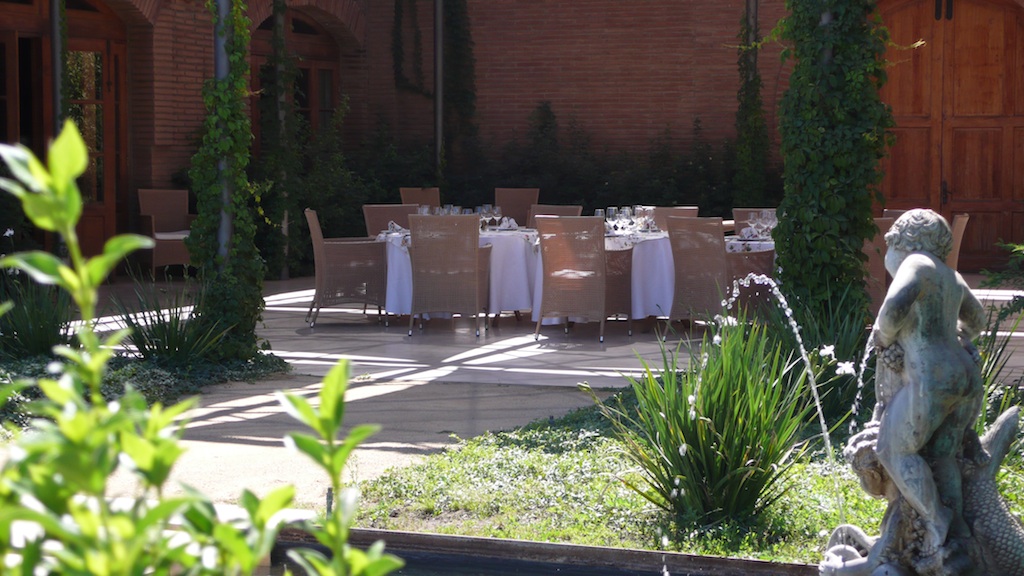
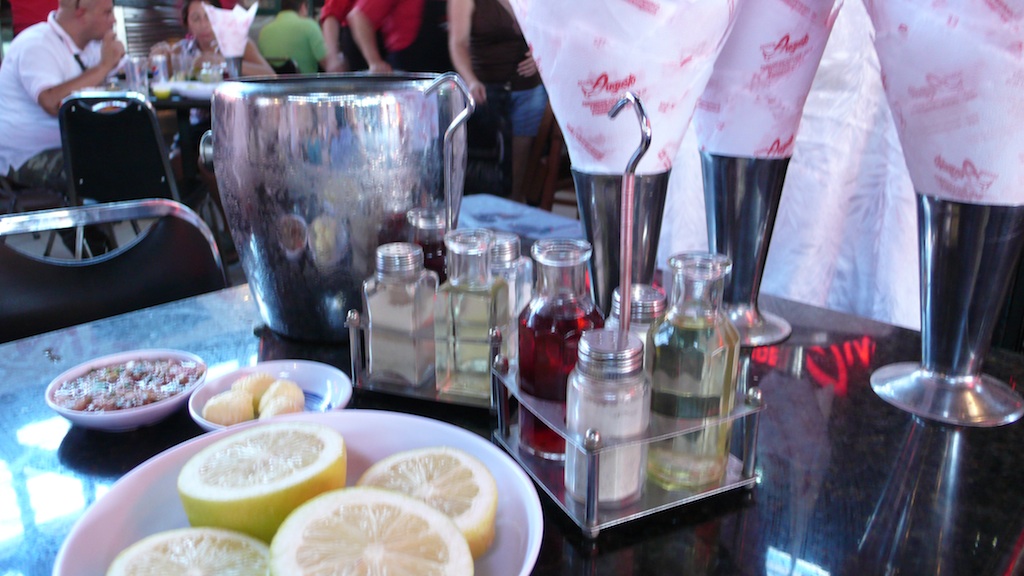
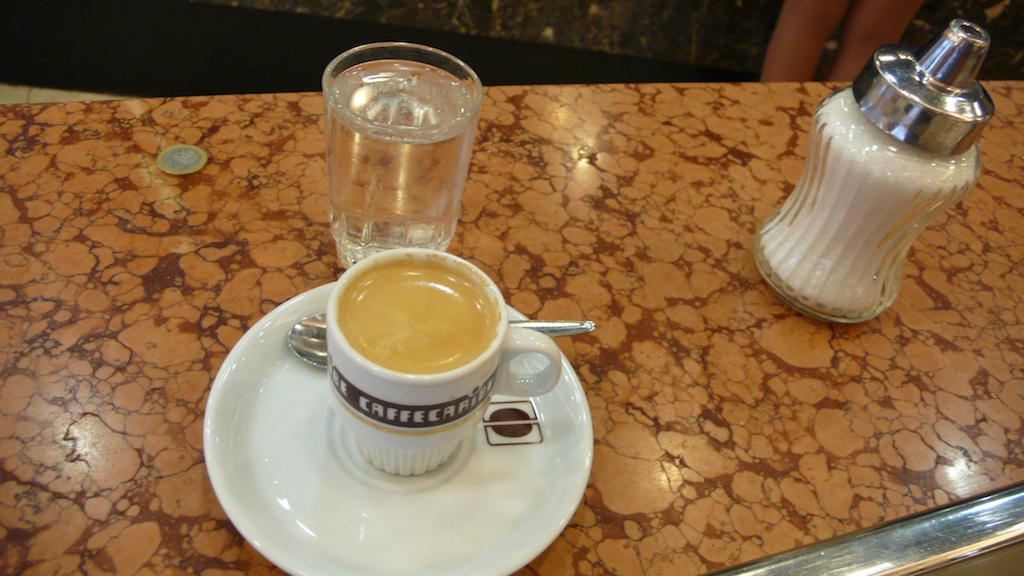
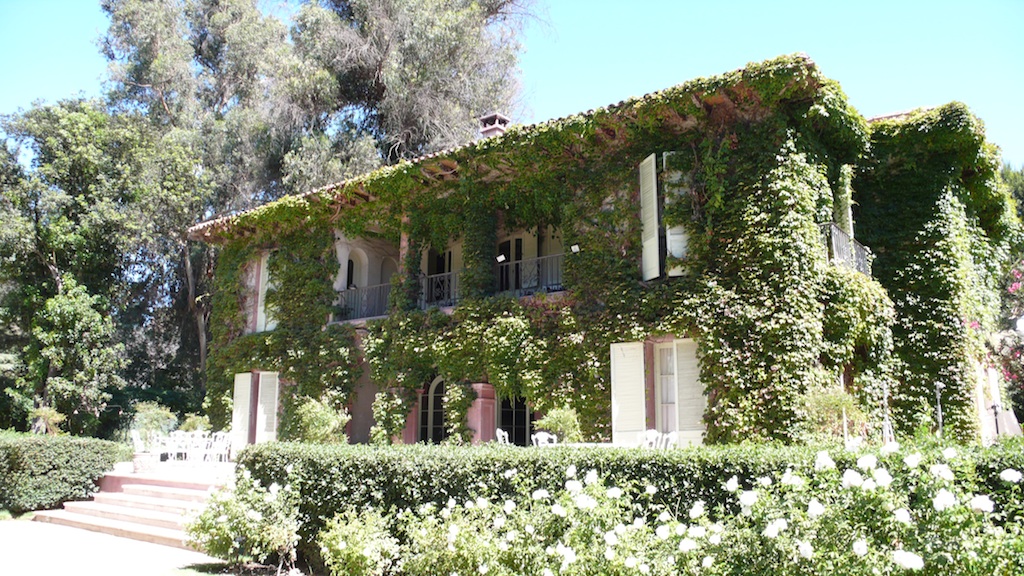
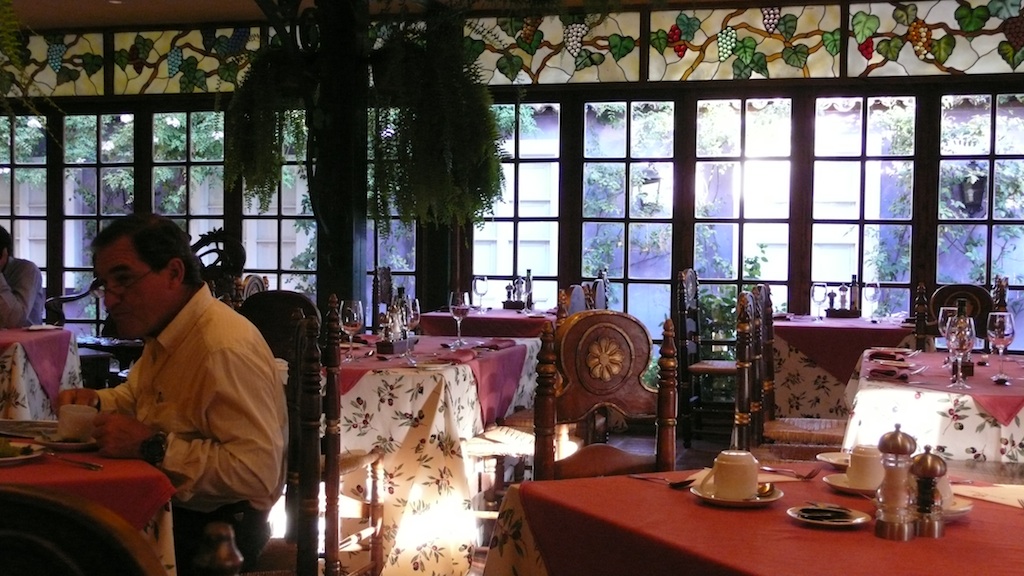
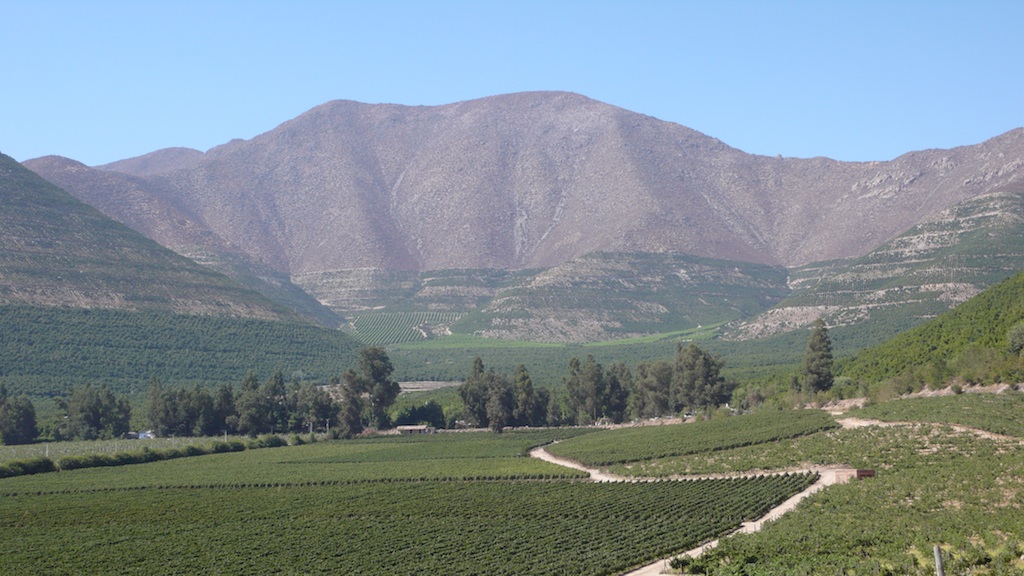
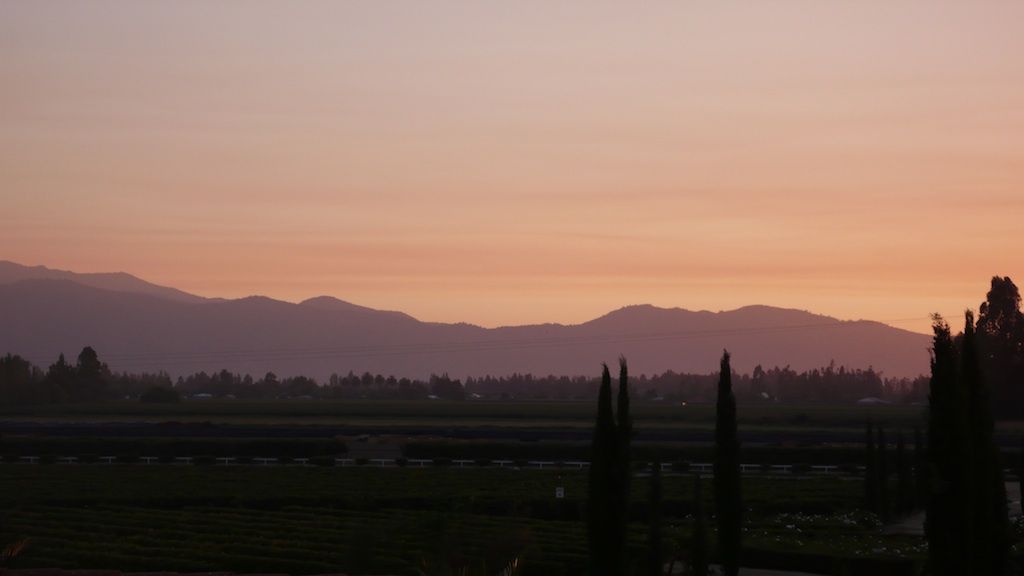





Pingback: Charlie Osmond